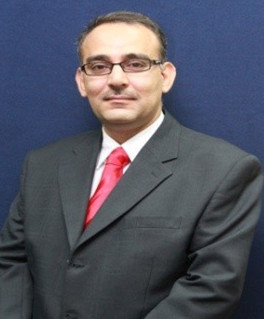JOCET 2013 Vol. 1(3): 238-242 ISSN: 1793-821X
DOI: 10.7763/JOCET.2013.V1.54
Abstract—Three Artificial Neural Network models (Feedforward, Elman, and Nonlinear Autoregressive Exogenous (NARX) networks) were used to find the performance of triple solar still operating under Jordanian climate. Previously obtained experimental data was used to train the neural network. time, Hourly variation of cover glass temperature (T
g), water temperature in the upper basin (T
w1), water temperature in the middle basin (T
w2) and water temperature in the lower basin of the triple basin still (T
w3), Distillate volume, ambient temperature (T
a), plate temperature (T
P) and hourly solar intensity (Is) were used in the input layer of the network. The thermal efficiency (η) of a triple basin solar still was in the output layer. The obtained results were verified against previously obtained experimental data. It was found that Artificial Neural Network technique may be used to estimate the efficiency of the triple solar still with excellent accuracy with the coefficient of determination of Elman, feedforward and NARX models were found to be 0.9036, 0.99838 and 0.99863, respectively. The obtained results showed that feedforward model had the best ability to estimate the required performance, while NARX and Elman network had the lowest ability to estimate it.
Index Terms—Artificial neural network, elman, NARX, feedforward, solar still.
M. A. Hamdan and E. Abdelhafez are with the engineering faculty, Al Zaytoonah University of Jordan, Amman, Jordan (e-mail: engineering @zuj.edu.jo, eman.abdelhafez@zuj.edu.jo)
R. A HajKhalil is with the Mechanical Engineering Department, Philadelphia University, Amman, Jordan (e-mail: ranahajkhalil@gmail. com).
[PDF]
Cite:M. A. Hamdan, R. A. Haj Khalil, and E. A. M. Abdelhafez, "Comparison of Neural Network Models in the Estimation of the Performance of Solar Still Under Jordanian Climate," Journal of Clean Energy Technologies vol. 1, no. 3, pp. 238-242, 2013.


